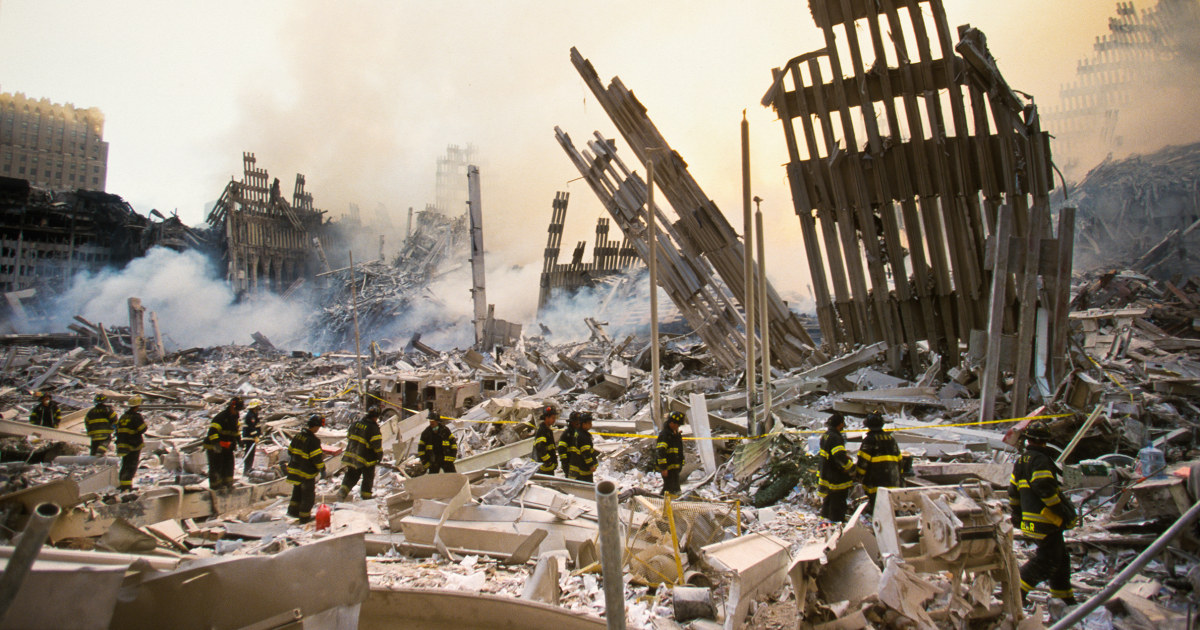Rising Tides: How Climate Change is Impacting Coastal Communities
As sea levels continue to rise due to climate change, coastal communities across the globe are facing unprecedented challenges. With projections indicating that sea levels could rise by over three feet by the end of the century, cities like Miami, New Orleans, and Jakarta are scrambling to adapt to this looming threat. The urgency of the situation underscores the need for immediate action to protect vulnerable populations and ecosystems.
The Scope of Rising Sea Levels
According to the National Oceanic and Atmospheric Administration (NOAA), global sea levels have risen by approximately 8 to 9 inches since 1880, with the rate of increase accelerating over the past few decades. In a recent study, researchers from the University of California, Berkeley, predict that if current trends continue, sea levels could rise between 2 to 3 feet by 2100, displacing millions and threatening vital infrastructure.
“This is not a distant problem; it’s happening now,” said Dr. Emily Chen, a climate scientist at NOAA. “Coastal cities are on the front lines, and we need to start implementing solutions today to mitigate the impact.”
Economic Ramifications
The economic implications of rising sea levels are profound. Coastal areas are often economic powerhouses, contributing significantly to national and global economies through tourism, fishing, and trade. According to a report from the American Society of Civil Engineers, failing to address the effects of climate change could cost the U.S. economy over $1 trillion in the next 20 years.
- Loss of Property: As homes and businesses become inundated, property values will plummet, leaving homeowners and investors with substantial losses.
- Insurance Costs: With increased flooding, insurance rates are expected to skyrocket, making it unaffordable for many residents.
- Displacement: Communities may face relocation, leading to social and economic instability.
“We must consider not only the physical displacement of communities but also the economic displacement,” noted Dr. James Roberts, an economist specializing in environmental issues. “The ripple effects of these changes will be felt far beyond the coastlines.”
Environmental Consequences
Rising sea levels also threaten vital ecosystems. Coastal wetlands, which serve as natural barriers against storms and flooding, are at risk of submersion. These ecosystems are crucial for biodiversity, providing habitat for numerous species, including migratory birds and marine life.
Furthermore, as saltwater intrudes into freshwater sources, the quality of drinking water can diminish, posing health risks to local populations. “Protecting our wetlands is critical not just for wildlife, but for human communities that rely on these ecosystems for clean water and storm protection,” emphasized Dr. Linda Martinez, an ecologist at the Environmental Defense Fund.
Innovative Adaptation Strategies
In response to these challenges, cities are exploring innovative adaptation strategies. Miami, for instance, has implemented a comprehensive resilience plan that includes elevating roads, installing pumps, and restoring natural landscapes to absorb floodwaters. Similarly, New Orleans is investing in a network of levees and stormwater management systems designed to withstand severe weather events.
Many cities are also looking to green infrastructure as a solution. Projects that incorporate parks, wetlands, and green roofs can help manage stormwater and reduce urban heat, making communities more resilient to climate change. “Nature-based solutions are not just effective; they are often more cost-efficient and sustainable in the long run,” remarked Dr. Sarah Thompson, a researcher focused on urban resilience.
The Role of Policy and Community Engagement
Effective policy is crucial in the fight against rising sea levels. Governments at all levels must prioritize climate action, investing in infrastructure and supporting research. Engaging communities in planning processes is vital to ensure that solutions are equitable and meet the needs of those most affected.
- Public Awareness: Educating communities about the risks of climate change and involving them in decision-making can lead to more sustainable solutions.
- Funding and Resources: Allocating funds for climate adaptation projects, especially in low-income areas, is essential for equitable resilience.
- Legislation: Implementing strict building codes and land-use policies can help prevent future developments in high-risk areas.
“Community-driven solutions are often the most effective,” said Dr. Rachel Lee, a social scientist specializing in environmental justice. “When communities have a voice in the planning process, they are more likely to support and sustain initiatives.”
The Future Outlook: A Call to Action
The implications of rising sea levels are vast and complex, affecting millions of lives and the health of our planet. As scientists continue to study the impacts of climate change, it is clear that immediate action is required to safeguard our coastal communities. The need for innovation, collaboration, and dedication to sustainable practices has never been more urgent.
As we move forward, it is essential for individuals, communities, and governments to unite in addressing these challenges. Whether it’s advocating for policy changes, supporting local resilience initiatives, or simply increasing awareness, every action counts. Together, we can work towards a future where our coastal communities thrive despite the changing climate.
If you’re interested in learning more about how you can contribute to climate resilience in your community, consider reaching out to local environmental organizations or participating in community planning meetings.



